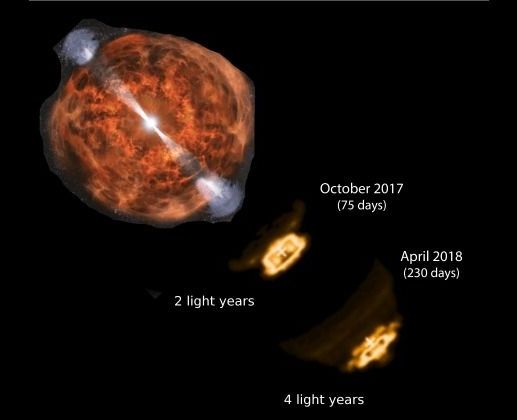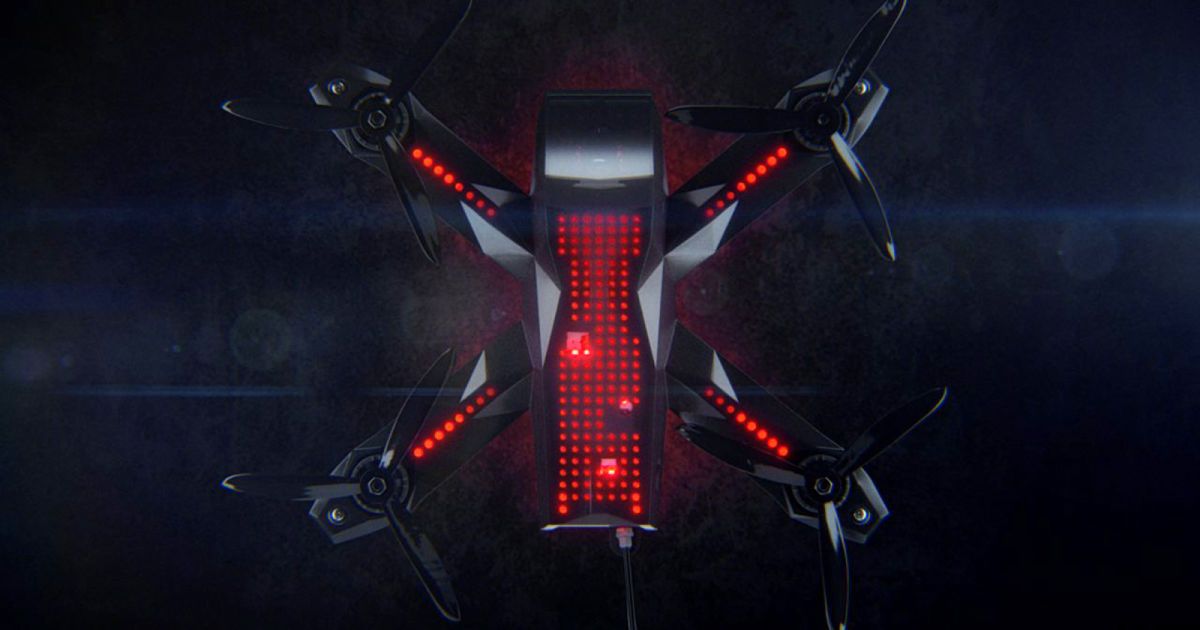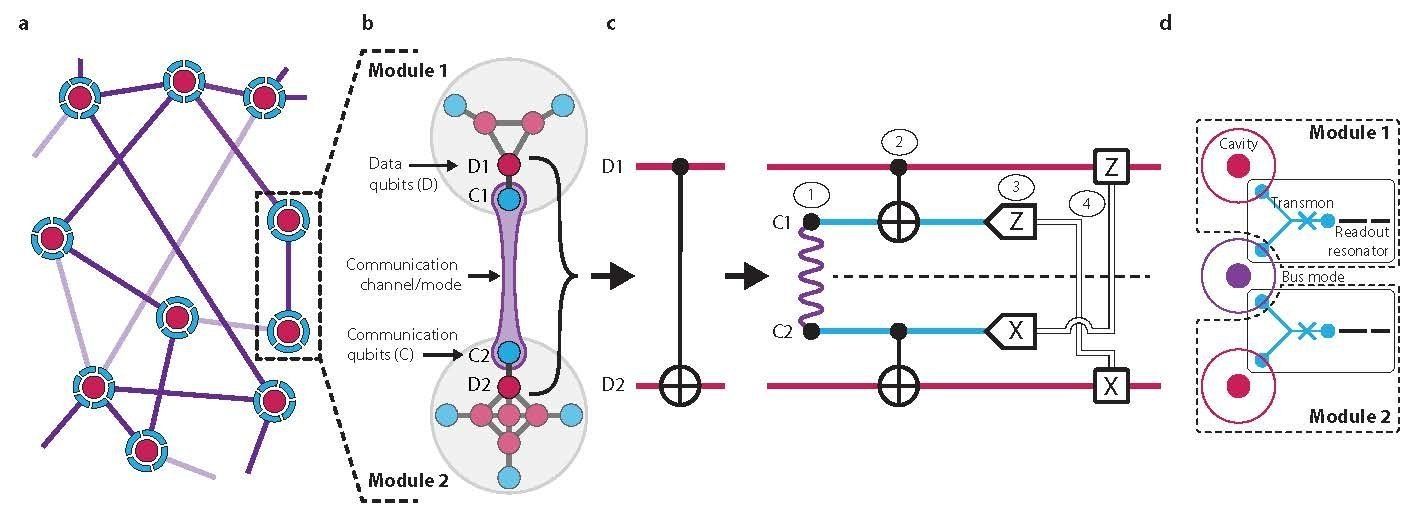In his fascinating new book, “21 Lessons for the 21st Century,” the historian Yuval Noah Harari creates a useful framework for confronting these fears. While his previous best sellers, “Sapiens” and “Homo Deus,” covered the past and future respectively, his new book is all about the present. The trick for putting an end to our anxieties, he suggests, is not to stop worrying. It’s to know which things to worry about, and how much to worry about them. As he writes in his introduction: “What are today’s greatest challenges and most important changes? What should we pay attention to? What should we teach our kids?”
In “21 Lessons for the 21st Century,” Yuval Noah Harari’s latest book, the historian takes on everything from terrorism to inequality.






